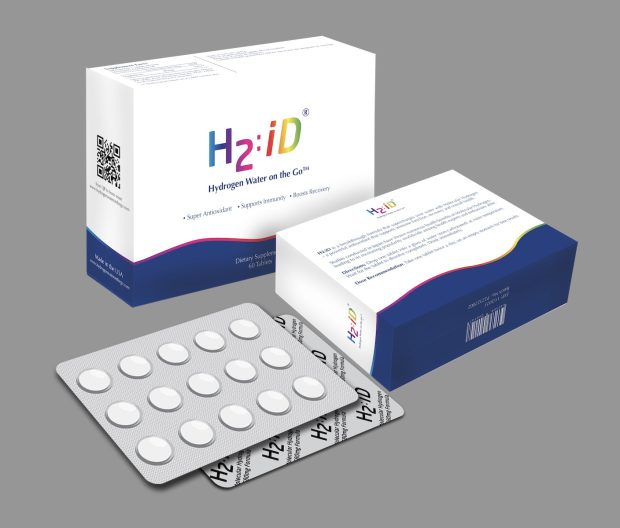When it comes to memory foam mattresses, some people love it, while others hate it, why? Truth be told, memory foam does not have to be the deep sinking, overheating material that it was in the early 2000s. Memory materials can actually be quite firm and the best ones can even sleep exceptionally cool. To select the right memory foam mattress at right comfort level you should check out this review on BeddingPal. This is because a different firmness level will provide you with different comfortability.
What does Memory Foam mean?
This is sometimes called temper or viscoelastic polyfoam, but you likely know it as memory foam. Technically speaking, this is a type of polyurethane foam, but what makes it different is its viscoelastic properties.
Memory materials are made to distribute weight evenly over a surface and they typically do an excellent job at relieving pressure due to their close conforming properties. The material is made to contour to each of the sleepers curves, giving it that deep hug-like feel.
Types of Memory Foam Mattresses
Traditional Memory Foam
- Introduced in the mid-1990s
- Designed for cradling support to enhance circulation and decrease stress on your joints
- Known to absorb heat, so this may not be a good choice if you tend to sleep hot
Gel Memory Foam
- Helps in the reduction of pressure points
- Better at dispersing heat.
Open Cell Memory Foam
- Has a quicker response, so you can avoid that “sinking in” feeling often associated with traditional memory foam.
- Better able than traditional memory foam at dispersing heat.
- Able to respond to your body temperature to keep it properly regulated for restful sleep.
You will like a Memory Foam Mattresses if
- Your pressure points hurt. Waking up in the middle of the night due to pressure can be worse than a nightmare. The soft foams conform to areas like the hips and shoulders and keep them from sinking into the firmer surfaces beneath.
- You want a good sleeping posture. This is one of the key reasons that mattress makers have used the material to manufacture thousands of beds designed to help people who suffer from pain. Memory foam can target back pain as well as excessive pressure build-up. This is done through using varying densities of foams to help with spinal alignment.
- You’re looking for an investment that lasts. They’re known to last much longer than polyfoams in the comfort layers as this is where most of the compression takes place.
You might not like a Memory Foam Mattress if
- You don’t like feeling stuck while sleeping. This is a common knock on memory foam. People feel like they sink too far into soft foams and because there is such a slow response, they struggle to push themselves out of bed.
- You don’t like to sleep hot. While overheating can be a problem for some memory mattresses, most brands have figured out ways to avoid this problem. Through open cell construction, cooling mattress covers, and innovative gels, overheating on a memory mattress could soon be a nonexistent problem.
How to Choose a Memory Foam Mattress?
Firmness
When it comes to the firmness of mattresses, you have to look out for the Indentation Load Deflection (IDL) rating. The higher the ILD rating, the firmer you can expect the product to be.
A product with an ILD of 12 would be very soft while 50 would be a very firm product. Therefore, if you prefer something in the middle, that would put you somewhere around the mid to upper 20’s.
Durability
In terms of durability, you would want to pay attention to the density ratings. Memory foam density ratings are a good indicator of a quality or sub-par product.
A density this high in memory foam is a good indicator that the product will last. In some cases, these products can maintain their integrity for as long as 8-12 years. It’s important to point out that, if you carry a lot of weight, you should look for a product with at least a 5 lbs./ft³ density.
Anything 3.5 lbs./ft³ or lower will be of a lower quality.
Look for Standardised Testing Certifications
Having them would mean you are less likely to get a disappointing product, so here a few common certificates you should look out for.
- CertiPUR-US®
- STANDARD 100 by OEKO-TEX®
- GREENGUARD Gold Certification
- GOLS
- GOTS certifications
Read the Consumer Reviews
There are dozens of comprehensive memory foam mattress reviews you can take advantage of, and you can explore the good, the bad, and the ugly.
From there, you can hear firsthand accounts of how a product you may be considering holds up to expectations.
Conclusion
Memory foam is a comfortable material but it comes with its own set of considerations. Viscoelastic foam is great at relieving pressure and giving sleepers that deep hug feel that only memory foam can offer.
On the other hand, it has a slow response that can sometimes make adjusting in bed more difficult.
So it all boils down to what kind of a sleeping experience you want, there are no perfect mattresses in the world that will satisfy everybody.








